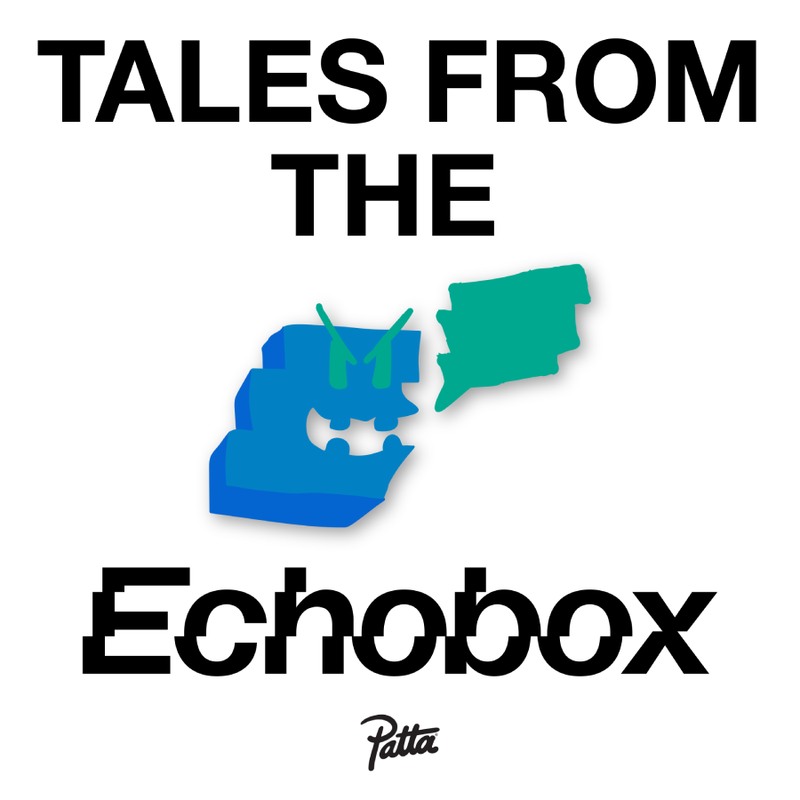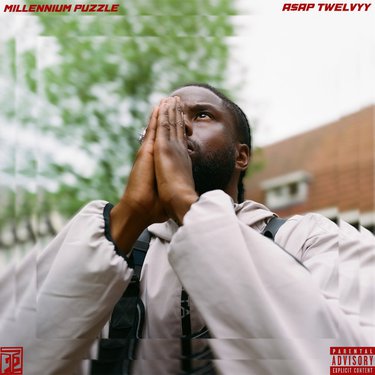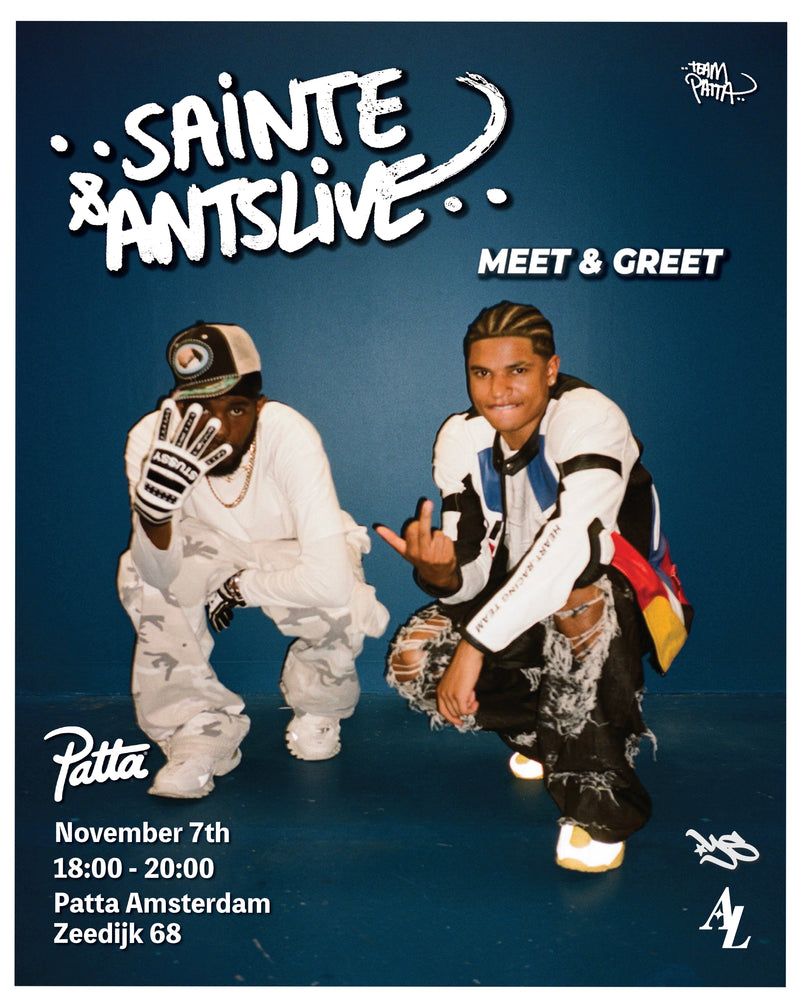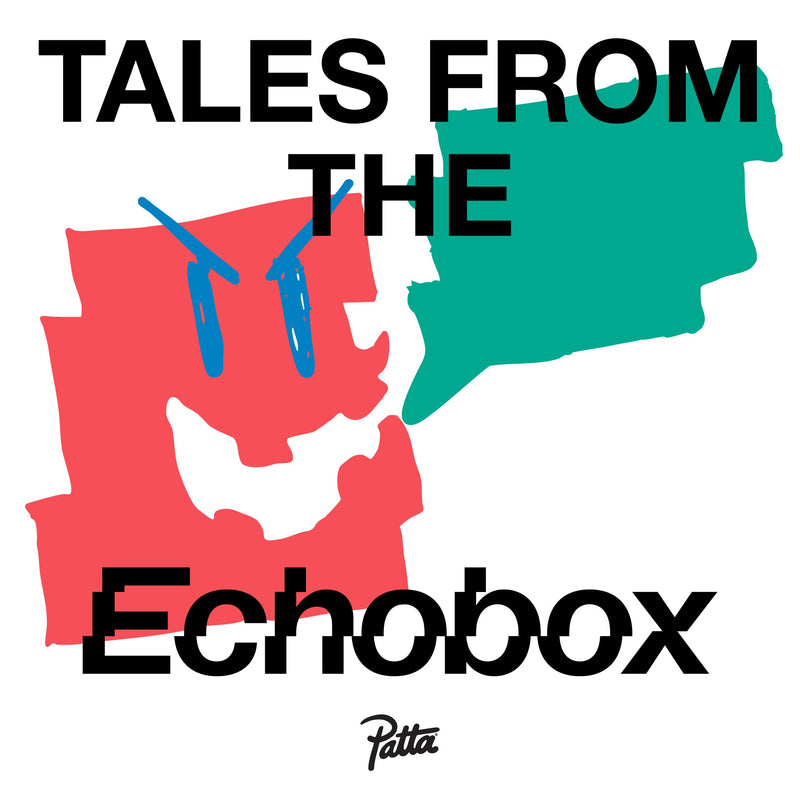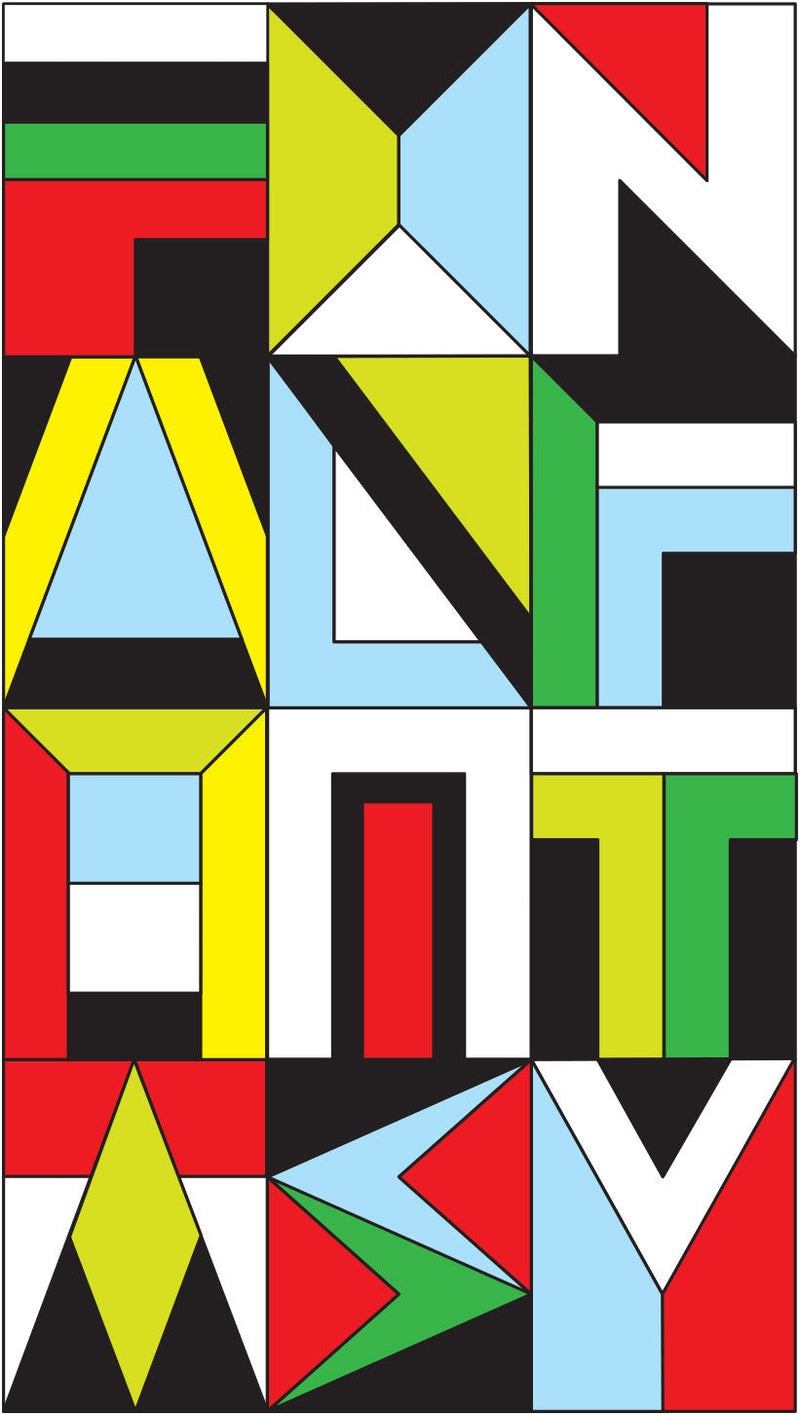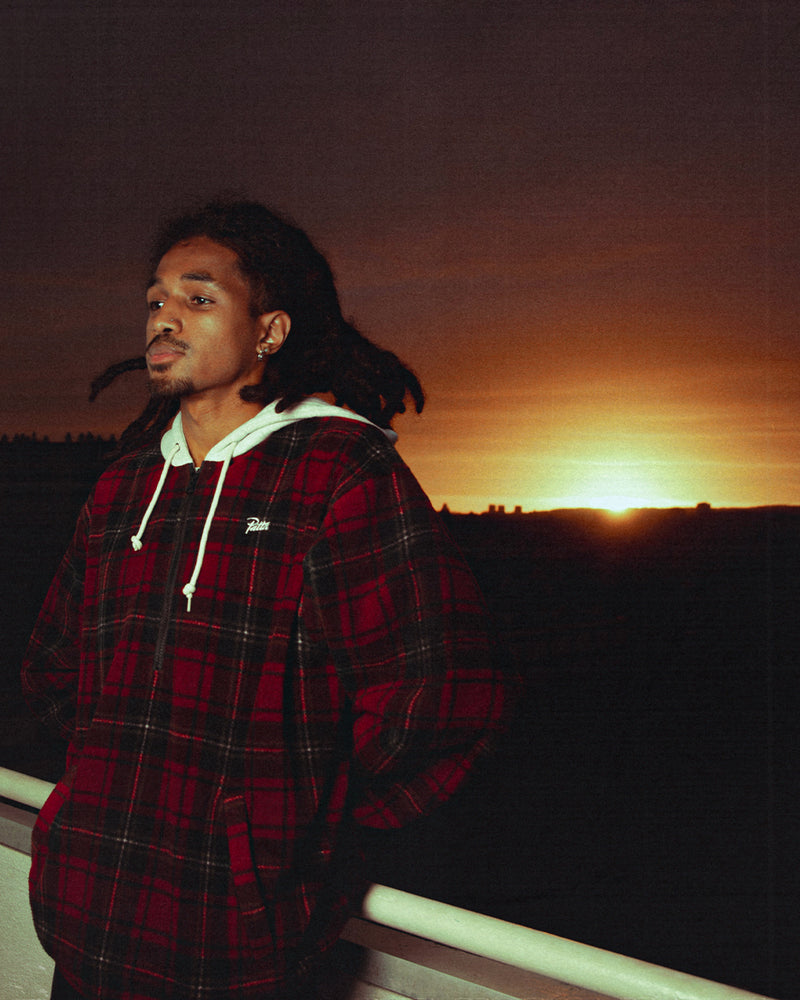Interview by Passion Dzenga | Photography by Andrea AmponsahIn anticipation of the brand new Patta x Alpha Industries collaboration for 2024, we sit down with one of the talents from the campaign, Epoque, an artist whose unique blend of Afro sounds, R&B melodies and rap is reshaping the music scene in Italy. Raised in Paris, Brussels, and Italy, her multicultural upbringing has played a significant role in shaping her sound and artistic vision. From her deep connection to her Congolese roots to her collaborations with some of the biggest names in music, Epoque has quickly become a trailblazer for second-generation artists in the industry. In our conversation, Epoque shares insights into her musical journey, the challenges she faces as an emerging artist in Italy, and the influences that have helped shape her style. She also opens up about the importance of authenticity in her lyrics, the impact of Afrobeats on her sound, and her hopes for the future of the genre in Italy. Get familiar with the artist behind Tram 83, as she talks about her creative process, personal growth, and the exciting projects that lie ahead. Epoque, your upbringing in Paris, Brussels, and Italy has clearly shaped your musical journey. How has living in these different cities influenced your sound and artistic vision? Living abroad certainly helped me appreciate a lot of different music, which allowed my style to emerge and evolve. Above all, it helped me make my music credible in the Italian language, which may seem obvious, but it’s not easy. Your music blends Afro sounds, R&B melodies, and rap. How did you first get into these genres, and how did they come together in your own unique style?Ever since I was a little girl who loved listening to music, I wasn’t allowed to go out much, so I closed myself off by listening to music all day. My older brothers had CDs of rap, R&B, and hip-hop, so I listened to a lot of that non-stop. My parents also loved listening to traditional Congolese music on Sundays, and we had small parties with traditional food to liven up our days when we were all free. Then, as I grew up, I started listening to reggae, Michael Jackson, Gorillaz, and soft rock, which were a bit of a departure from what I had always listened to. In my opinion, this broad musical background allowed me to create my own style. You mix Italian, French and Lingala in your lyrics. What is the significance of these languages in your music, and how do they help express your identity?In everyday life, I tend to mix the languages I know and have learned. When I started singing, I wanted to do the same, but I also believe that musically, I did it to stay close to my roots and complete the identity of the genre I’m working in. Can you tell us a bit about the moment you realized music would be your calling? Was there a specific artist or event that inspired you to pursue this path? When I was little, I certainly loved Michael Jackson, because in addition to his music, which moved me deeply and gave me many emotions, he always wanted to give a message. And for me, this is very important. On the other hand, at the beginning, I wasn’t aware of where I could go with music, given my background and the type of music that is generally listened to in Italy. But it was certainly the positive response from people that made me realize I could do something serious with music. You’ve worked with big names like Ernia, Jovanotti, Villabanks, and Irama. What have these collaborations taught you about the music industry, and how have they helped you evolve as an artist?I never went to a music school. I started this journey from my hobby and personal background, so working with big artists helped me shape my songs in a different way. It taught me to look for influences suited to my genre in the right places and to have a more productive approach in the studio. It helped me believe in what I do, regardless of the results, and to give the right weight to everything. I’m very grateful for this. In December 2022, you were part of the exclusive opening event for the World’s First Jordan Store in Milan, alongside Lazza. How was that experience, and how did it feel to be recognized at such a high-profile event?When the invitation arrived, it was hard to believe. I’m very grateful and felt a great sense of responsibility at that event. I didn’t want to mess anything up. As a Black artist who makes Afrobeats in Italy, being invited to an event like that means a lot to me. It shows that things are changing. You were also featured in the Fred Perry Subculture campaign, where you shared the influence of alternative music on your style. What was it like to represent a brand that celebrates individuality and youth culture? The collaboration with Fred Perry was very important. I wanted to give a voice to all the second-generation people with talent who have something to say and bring to the music industry and beyond. You were the face of New Era’s 2022 campaign titled “Now Playing.” What was your role in this project, and what was it like being the Italian representative for such an international initiative? For New Era, I wanted to represent the second-generation segment that, through their roots, can bring something new to the music scene in Italy.Your lyrics are often self-conscious and deeply personal. What role does authenticity play in your music, and how do you balance vulnerability with your public persona? For me, authenticity is very important. I grew up listening to rap music where the lyrics were very clear and explicit, talking about everyday life, the good and the bad, and the culture. I feel very comfortable with this, and for me, it’s also a way to connect with the people who listen to me, to make them feel involved and part of something. Afro rhythms are a key part of your sound. Can you talk about the significance of Afrobeat and Congolese culture in your music and how you stay connected to your roots while pushing your own boundaries?I don’t know if it’s an urban legend or if it’s true, but Congolese people are very proud of their music, and when I started making music, I felt that pride within myself. It’s about carrying forward the culture. My parents unconsciously influenced me a lot and helped me understand how strong both the message and the sounds of traditional music were. So, I’m proud of it. As an emerging artist in Italy, what challenges have you faced in the music industry, and how do you navigate those obstacles? Being an emerging artist is definitely about pushing myself beyond what I can do. Sometimes it requires giving my best, and it can be draining and make you feel a bit alone. But I’m aware that this is just the beginning. Doing a genre that isn’t popular in Italy is still the biggest obstacle, but I’m happy with the positive response I’ve gotten from people, colleagues, and professionals. I feel that there is a desire for something new and different in the music industry. You’ve already achieved so much at a relatively young age. What’s next for Epoque? Are there any upcoming projects or collaborations that we should be excited about?In 2025, there will definitely be new music and collaborations, but for now, I’m enjoying the release of my first EP, Tram 83, which I’m very happy and proud of. You’ve become a role model for many young people, especially those who identify with a similar multicultural background. What advice would you give to other aspiring artists who are trying to find their voice in the music industry?One piece of advice I can give is to be humble and patient. Focus on your goals clearly, surround yourself with positive people, and do what you believe in as best as you can - without caring about trends or what people usually listen to on the radio. Finally, what’s the message you hope to leave with your fans through your music, and where do you see your career going in the next five years? In five years, I hope to be the best version of myself as an artist, and I hope that with my music and the music of my colleagues in the same genre, we can truly integrate Afrobeats into Italy. With my music, I try to remove any boundaries, to give a message of positivity and faith in victory. In my case, coming from a very humble background and family, I believe victory can be achieved by anyone - you just have to believe in it and stop comparing yourself to others.To commemorate this landmark year, we’re releasing a limited-edition collaboration with Alpha Industries, the iconic MA-1 Bomber Jacket. The Patta x Alpha Industries MA-1 is a timeless piece that blends Patta’s signature style with Alpha Industries’ heritage, creating a jacket that’s as bold and authentic as the cities we represent.The Patta x Alpha Industries MA-1 Bomber Jacket will be available on Friday, December 20th at 13:00 CET on patta.nl, patta.co, pattaclothing.us and the Patta mobile app.




